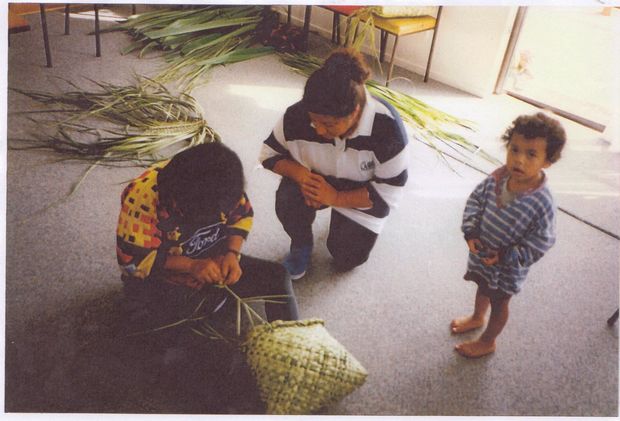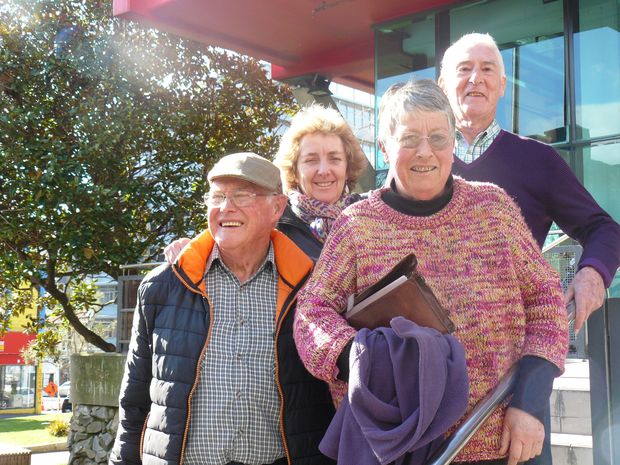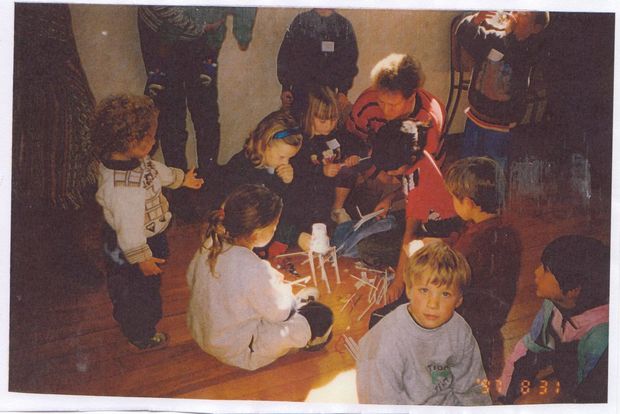Days of the REAP
In the late 1970s an innovative education programme was launched in New Zealand to meet growing gaps in education in isolated rural communities. REAP – Rural Education Activities Programme - was designed to supplement and complement rural education. It was set up – according to some sources - as a result of rural communities petitioning for greater support for education services away from the main centres. In all, 13 REAPs were set up in rural centres around New Zealand – from Southland to the Far North.

Reap in the far north teaching flax weaving. (courtesy Robin Shepherd)
The Education Department of the day decided what staffing each area would receive. That region was then tasked with establishing a management committee and running its own programmes. At the heart of each REAP were community education officers (CEOs) whose job it was to find out what the needs in their community were and organise for those needs to be met. Each CEO needed to be self-reliant and independent. They needed to get to know their community and respond quickly to the educational requirements of each region.

From left to right – front to back, former REAP CEOs Robin Shepherd, Sue Edwards, Alison Broad, Michael Connell.
From early childhood education and Te Reo, explosives to rifle training, drenching and stock management to Chinese cooking - what each community wanted the resourceful REAP CEOs tried their best to deliver. In Spectrum this week we meet up with some of the CEOs from around New Zealand as they gathered for a reunion in Wellington.

REAP in action taming toddlers. (courtesy Robin Shepherd)
For these men and women – working to meet the specific needs of each community in a ‘cradle to grave’ education service was a stimulating and memorable part of their lives.Robin Shepherd says the early years of the REAPs were a golden era. He says it was an initiative based on the principle that the local community was best able to identify its own needs and make its own decisions on how those needs should be delivered.